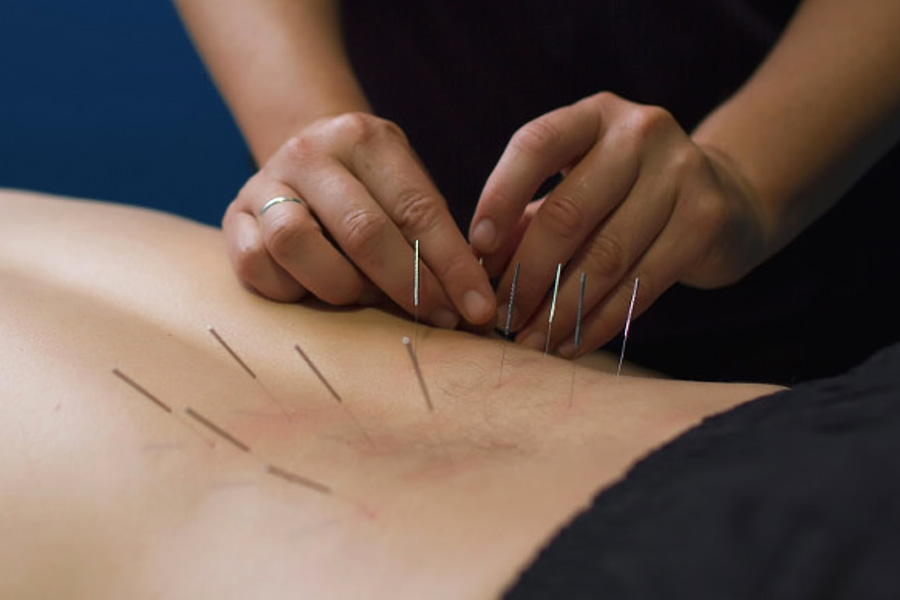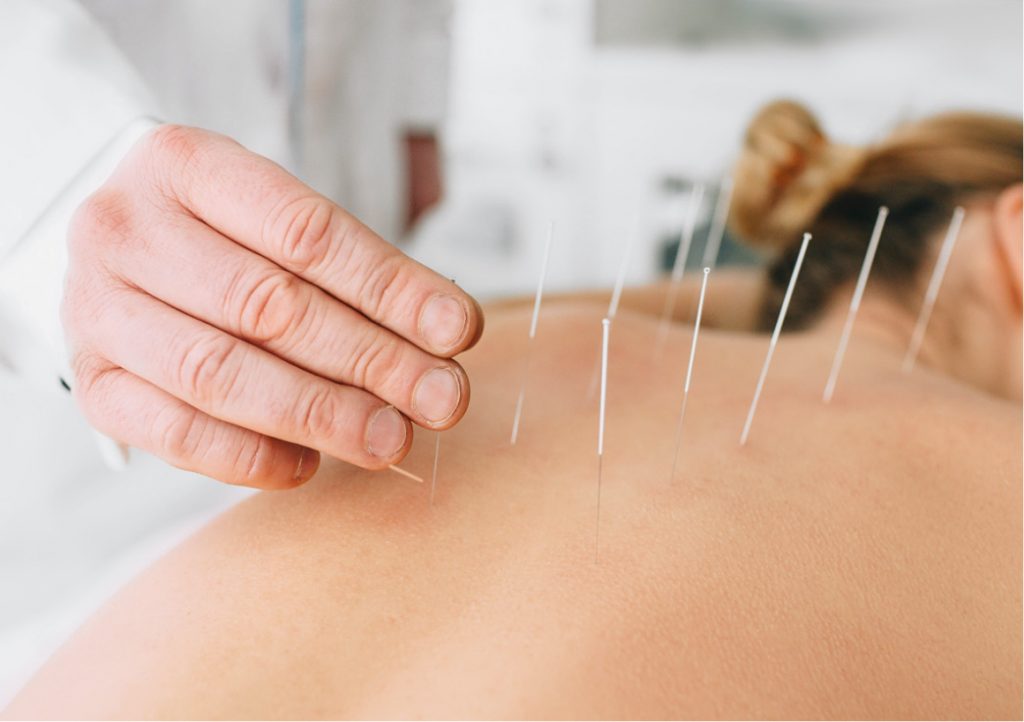Dry needling has gained popularity in recent decades. More and more people are curious about how this treatment works and how it can benefit the body. If this is your first time hearing about this technique, then it is best that you learn more about this effective healing method.
So what is dry needling? This is basically a technique used by experienced, trained, and skilled physical therapists to reduce pain, increase range of motion, and increase flexibility. As the name implies, dry needles are called "dry" because they do not use liquid medication or injections as part of the treatment. If you are looking to avail dry needling therapy in Edmonton visit Family Physiotherapy center.

Image source:-Google
Some people mistakenly think that dry needling and acupuncture are the same thing. To clarify, dry needling and acupuncture are two different things. While they both use needles and put them into the skin to treat pain, there is a big difference.
For one thing, acupuncture has been around for thousands of years. On the other hand, dry needles have been developed after extensive and painstaking research. Dry needling is based on Western medical principles.
Dry needling is most often used when normal massage and superficial muscle stimulation are not enough. In most cases, dry needling is the treatment of choice for more persistent pain. Dry needling is usually only one part of all treatment regimens. Most of the time, this is done in conjunction with other physical therapy methods.
A damaged net contract to prevent further injury. The constant contractions of the muscles limit the free flow of blood and therefore the flow of oxygen and nutrients. Finally, the continuous contractions of the muscles reduce the muscular movements, irritate the nerves and modify the movements of the body.
